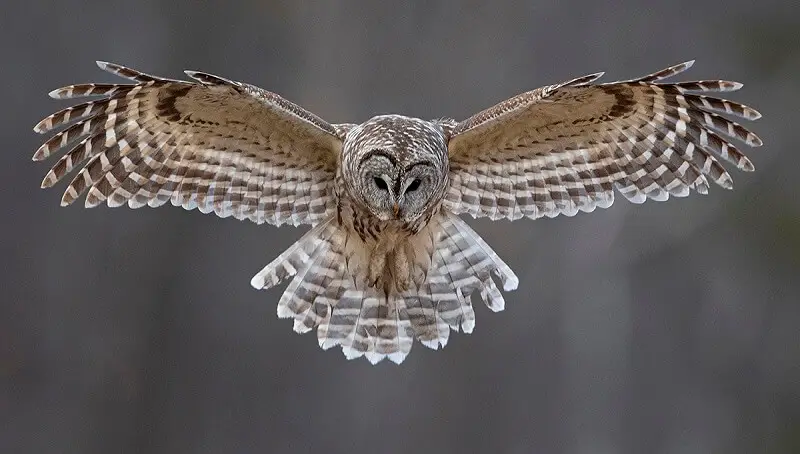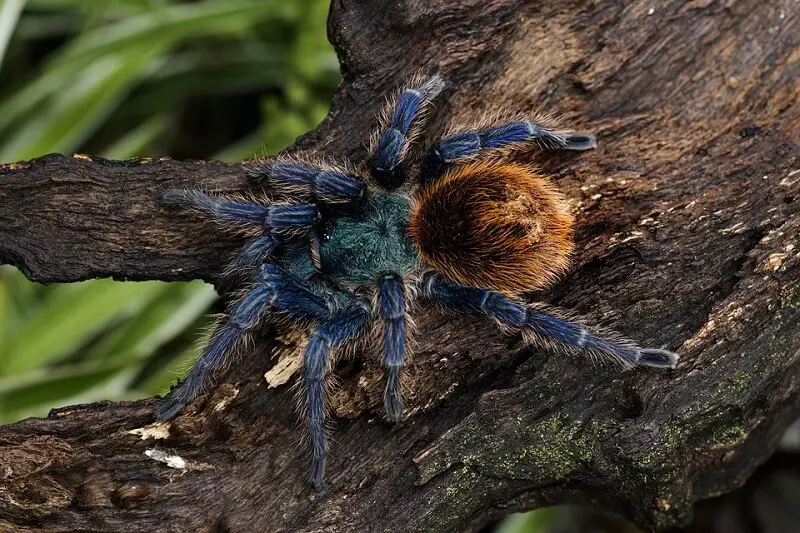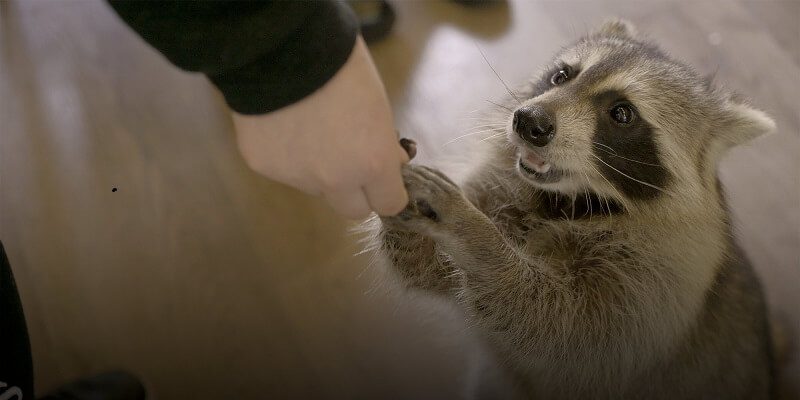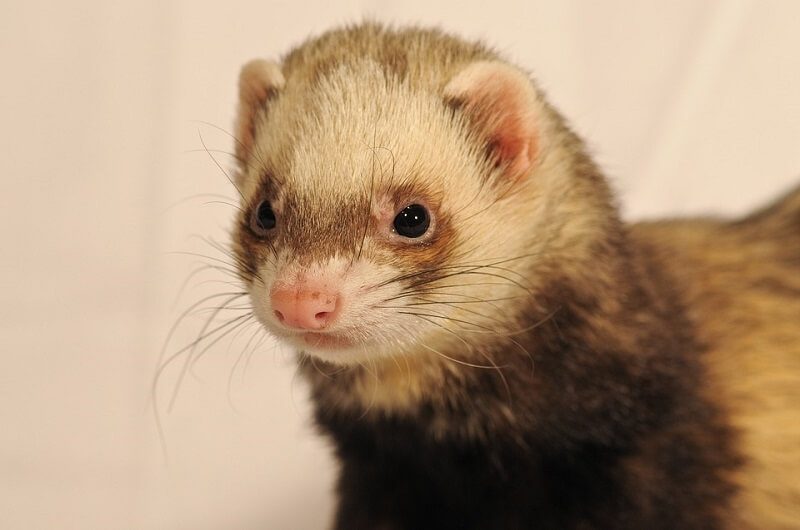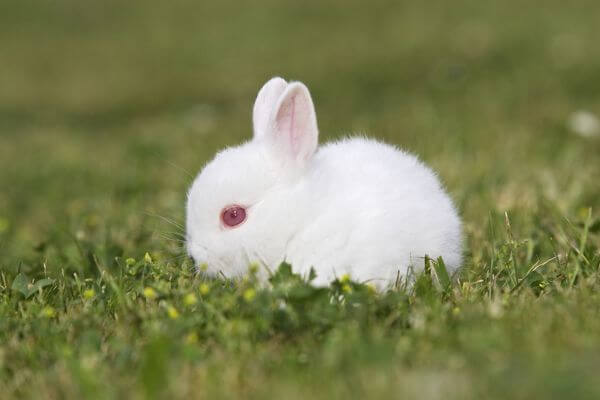An owl is truly a fascinating creature and it might seem interesting to keep one as a pet. In reality, however, keeping an owl as a pet is extremely challenging.
In most countries, owning an owl or a little owl is legal. For example, in America, people do not use these birds unless they are trained and authorized, or if they use the bird for breeding or educational purposes. Even so, these birds are not considered pets. In addition, unlike other pets, even if you are authorized and trained to care for an owl or little owl, you will not own those birds.
Understanding the challenges
Owning an owl can be difficult. They are wild and spend most of their time alone, hunting for their next meal. They are predators by nature, and their handling requires special equipment and a special set of skills. The owl could cause you injury if it is not handled correctly.
Experts agree that owls or little owls should not be kept as pets. They have a complex behavior of prey birds, just like the hawk, being independent birds, accustomed to hunting.
Unlike a parrot, an owl or little owl needs a large space to live in. Their enclosure must also be strengthened. This is because the sharp claws of an owl could quickly destroy an enclosure that is not solid, or metallic.
You might also like my articles about:
What difficulties you may encounter
You cannot travel freely with an owl or little owl. You will need a special permit to take the bird out of the country, and leaving a bird at home without food is harmful.
Being nocturnal birds, owls and little owls can be noisy at night. In addition, they will become very active, emitting various sounds, making your sleep difficult.
They are destructive birds. Because of their natural instinct to hunt, these birds will not spare your children’s beds, pillows, clothes, or stuffed animals.
These birds do not like to be petted. These gestures would make them uncomfortable. As a result, they can react to get more space and hurt you, whether willfully or not, using their beak or claws.
These birds do not like to eat commercial food. They prefer the food they find naturally in the wild, and you’ll have to give them raw fresh meat.
What does it mean to take care of an owl or a little owl?
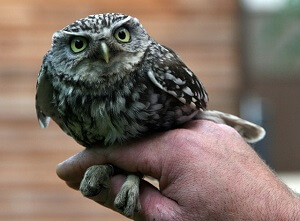 Any pet can be somewhat messy. But the owl or little owl can be among the messiest of all. They feed only on small animals, such as rodents. They also crush their food into pieces to make it easier to eat. Therefore, cleaning after the feeding hour is part of the daily routine of an owl owner. And cleaning a large enclosure means a lot of wasted time.
Any pet can be somewhat messy. But the owl or little owl can be among the messiest of all. They feed only on small animals, such as rodents. They also crush their food into pieces to make it easier to eat. Therefore, cleaning after the feeding hour is part of the daily routine of an owl owner. And cleaning a large enclosure means a lot of wasted time.
These birds cannot be kept in cages, such as those for parrots. They must be kept in a large enclosure, with access both inside and outside, as well as access to a clean water vessel for bathing. These birds bathe regularly to keep their feathers clean. They do this because they fly in silence, but their feathers will make noise if they are not kept clean.
Unlike a cat or dog, owls and little owls are difficult to train. They also produce more excrement than parrots, partly because of their diet and large size. While other birds have a vegetable-based, easily digestible diet, these birds’ diet contains mostly meat. This type of diet makes the droppings smell worse, making the cleaning activity of the enclosure more unpleasant.
In short, caring for an owl or a little owl is extremely demanding. They need constant care. In the wild, no one is responsible for them and seems to prefer it that way. But when such a bird is in your home, it must be cleaned, supervised, fed, and constantly stimulated. Proper care can take a lot of time.
Safety issues
Some owls can grow very large. Some can crush the skull of a fox with their sharp and strong claws. It is important to understand the natural adaptations of these birds to know why even a pet owl is capable.
Letting an owl or little owl spend time with small children or other pets comes with significant safety issues. These birds can easily hurt animals, children, and even adults. Therefore, anyone intending to keep these birds as pets should be properly trained to take care of them. Remember, however, these types of birds are not pets.
What else do you need to know about owls and little owls
They are very independent creatures
Unlike other species of birds that live in flocks, owls and little owls do not live-in flocks, which makes them extremely antisocial when it comes to other birds, except their pair and their offspring.
It is the “herd” or flock mentality that allows a parrot to successfully integrate into a human family. Because owls don’t have this kind of instinct, they see everyone, except one person they choose as a “pair”, as an enemy or a prey, and they will probably attack others. This can be a huge problem if you ever get sick, or you will be unable to take care of your birds.
They have a specialized diet
Because owls are technically birds of prey, they have specialized nutritional needs that cannot be satisfied by feeding them seeds, pellets, or fresh foods such as fruits and vegetables. Owls and little owls are carnivorous creatures and must be fed whole rodents such as mice, small rabbits, guinea pigs, quails, and small chickens to meet their complex food needs.
Being carnivores, these birds are equipped with a beak and claws that are specially designed to break pieces of meat. They are able to do quite a lot of damage to human owners if they are dissatisfied for any reason. They are destructive and can easily break anything you put inside their enclosure.
Owning owls is illegal in some countries
Owls are wild species, and in some countries, you will need to be trained before obtaining a license to keep a native species in captivity. If this is especially the case in America, in the UK, for example, it is allowed to keep wild owls. However, the increase in the number of owls kept as pets following the Harry Potter film was quickly followed by the abandonment of these birds. Families simply weren’t up to the demands of keeping an owl or little owl in captivity.
What is the difference between owls and little owls?
We have been talking about the owl and the little owl, but what makes these birds different?
What they have in common:
- They are both parts of the same family, the Strigidae.
- The thickness of their plumage is identical, as well as its softness.
- The way of feeding is identical, their diet includes fish, reptiles, amphibians, small rodents, and other small birds.
- These birds regurgitate the indigested parts like bones, and claws, in the form of a ball
- Both are carnivores.
The little owl, Athene noctua
- It is a predatory bird.
- It is active both during the day and at night.
- It lives in temperate and warm areas of Europe, Asia, and North Africa.
- The plumage is light gray, and the iris of the eyes is yellow.
- It hunts at night, feeding on insects, small rodents, birds, frames, lizards, small snakes
- It looks like a smaller owl, measuring approx. 23-27 cm.
Owl, Strigiformes
- It is a nocturnal bird of prey.
- It lives all over the world, except in Antarctica.
- The plumage is brown, serving as perfect camouflage during hunting.
- Its diet consists of rodents, small birds, insects, and even rabbits.
- It has no teeth, so it does not chew the food, but breaks it into small pieces and then swallows them.
- Their eyes are not mobile but fixed in orbits.
- They can rotate their heads by 180°, and some species by 270°.
- There are over 200 species of owls across the globe, divided into two families: Tytonidae and Strigidae, which include more common owls.
- Can reach up to 2 m wide and 70 cm high like the Blakiston fish owl.
Final words!
Any expert can confirm that an owl or little owl is not a pet simply because they are wild animals. They will cause major injuries if they are not handled correctly.
